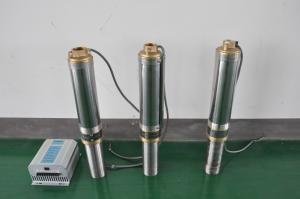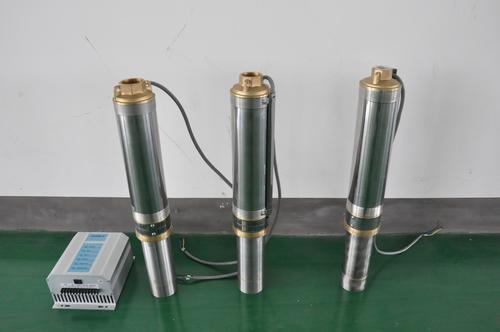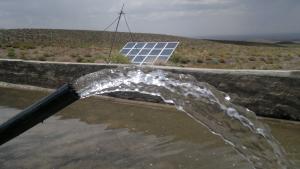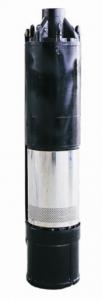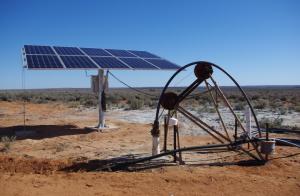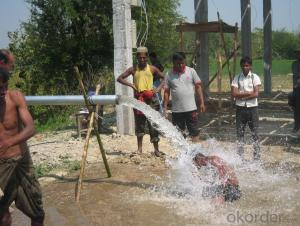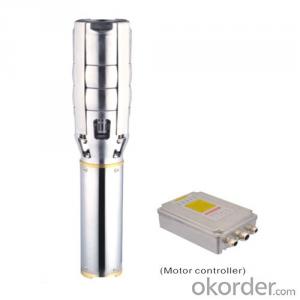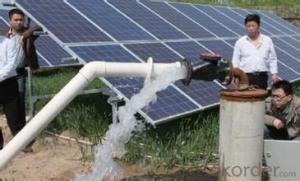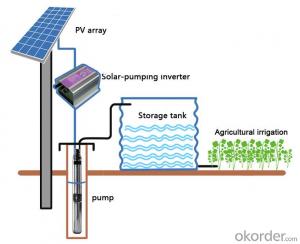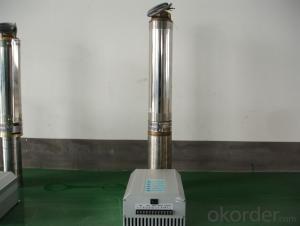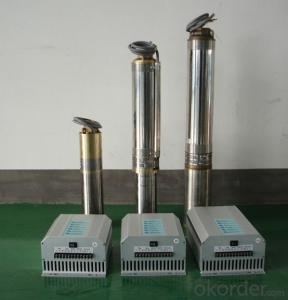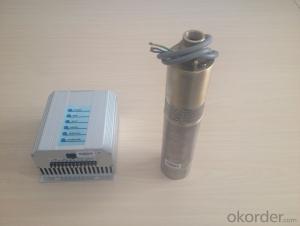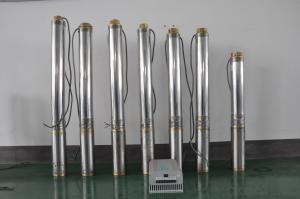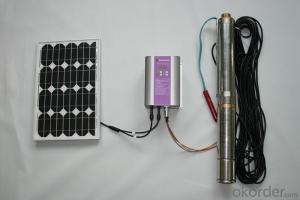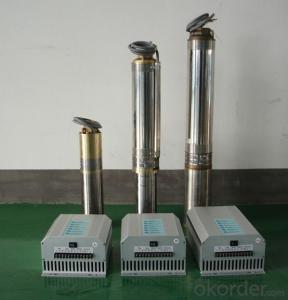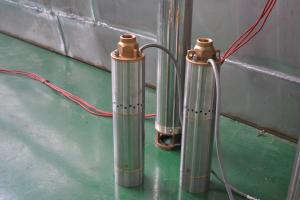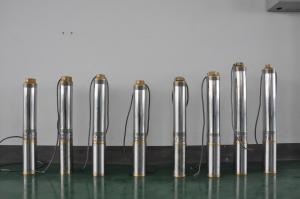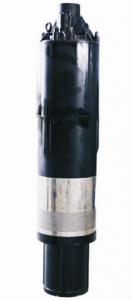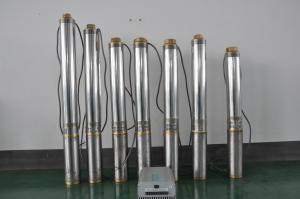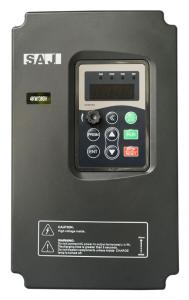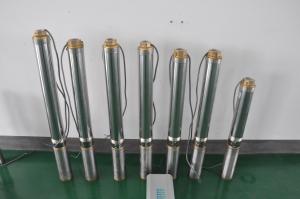Submersible Solar Pump Price - DC Solar Submersible Water Pump
- Loading Port:
- Shanghai
- Payment Terms:
- TT OR LC
- Min Order Qty:
- -
- Supply Capability:
- 300 set/month
OKorder Service Pledge
Quality Product, Order Online Tracking, Timely Delivery
OKorder Financial Service
Credit Rating, Credit Services, Credit Purchasing
You Might Also Like
how is the rotor made:
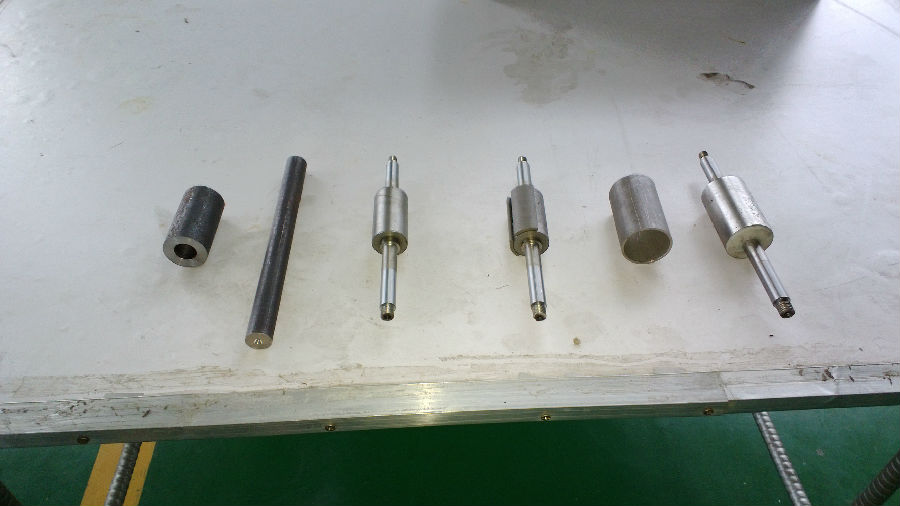
how is the motor made:
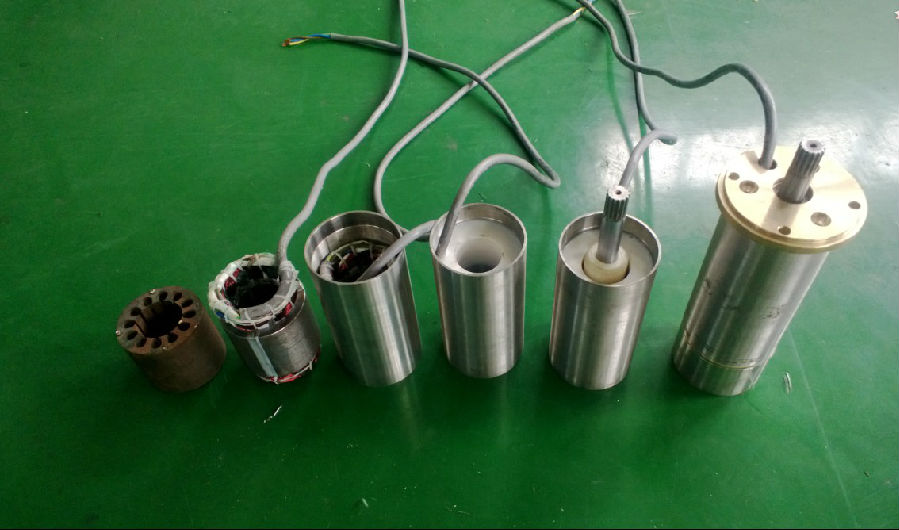
the pump :
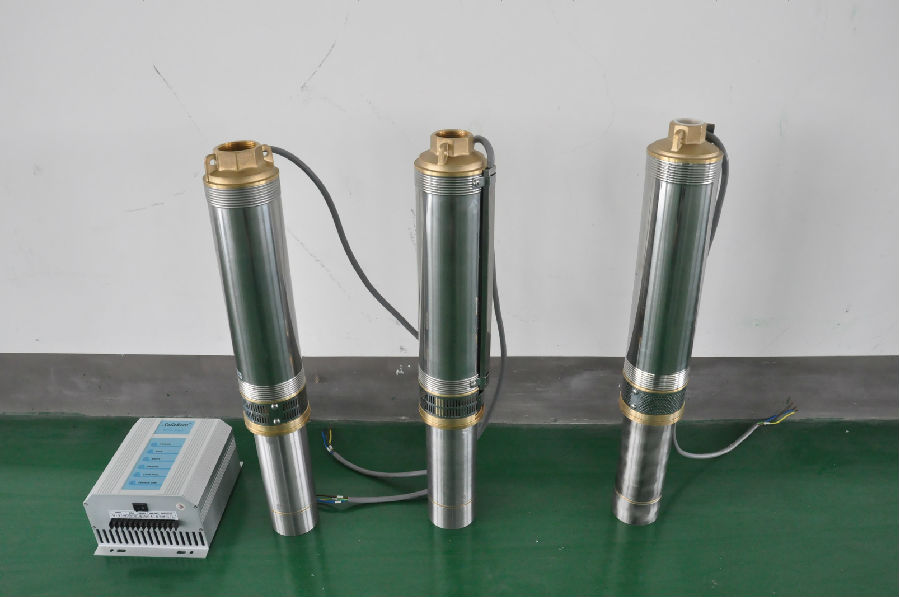
controller terminal connection:
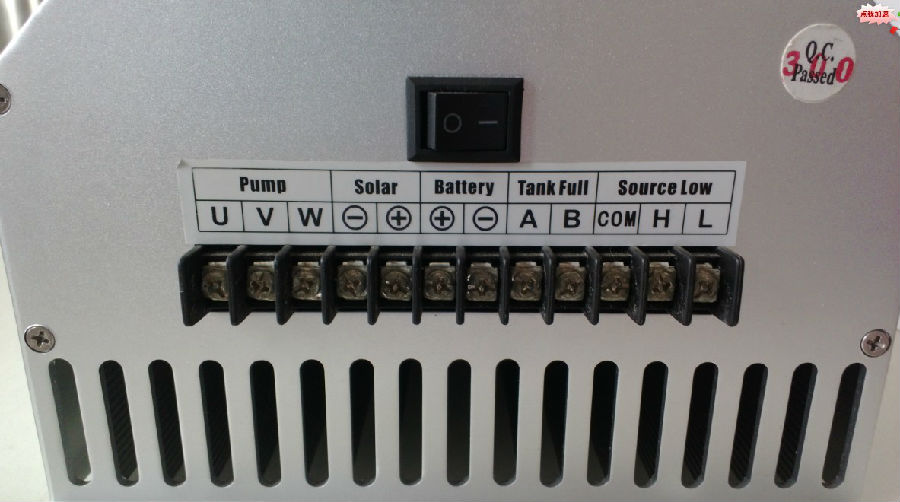
The permanent magnet:
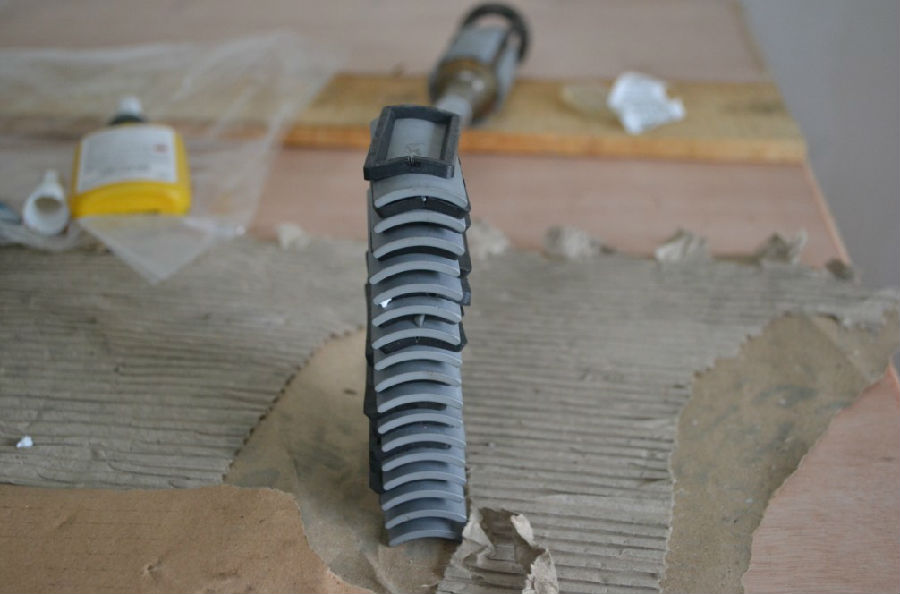
the impeller:
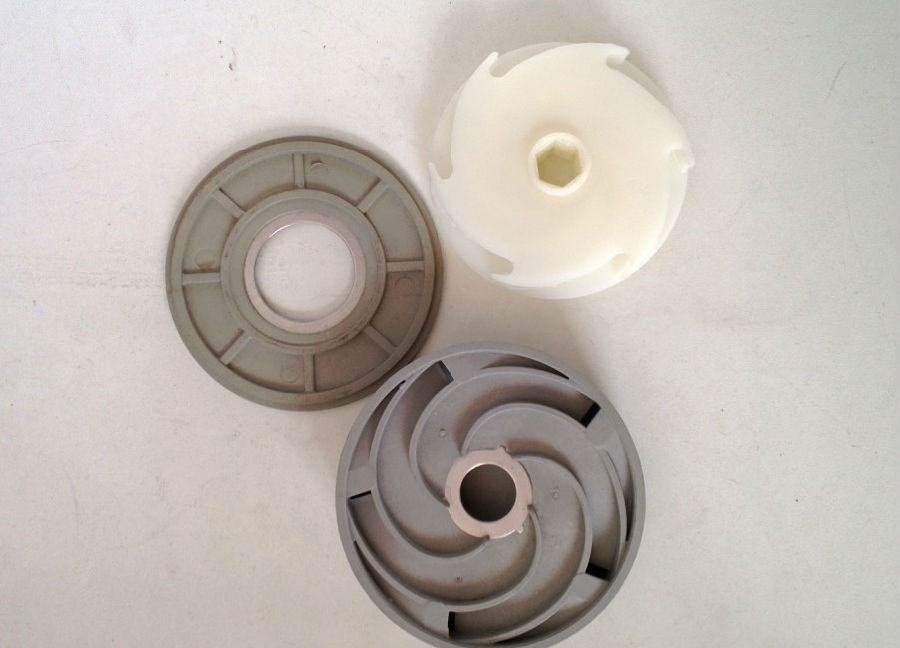
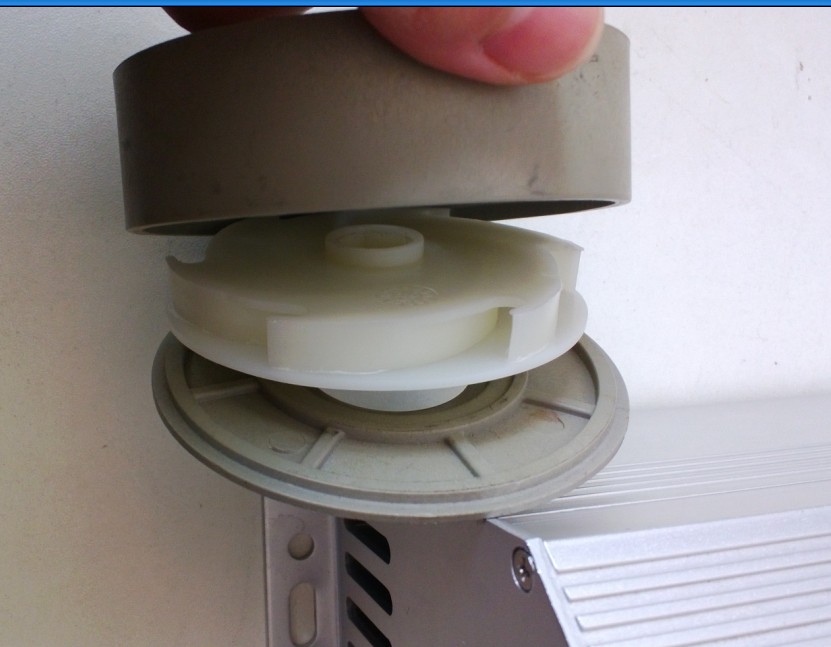
controller box:
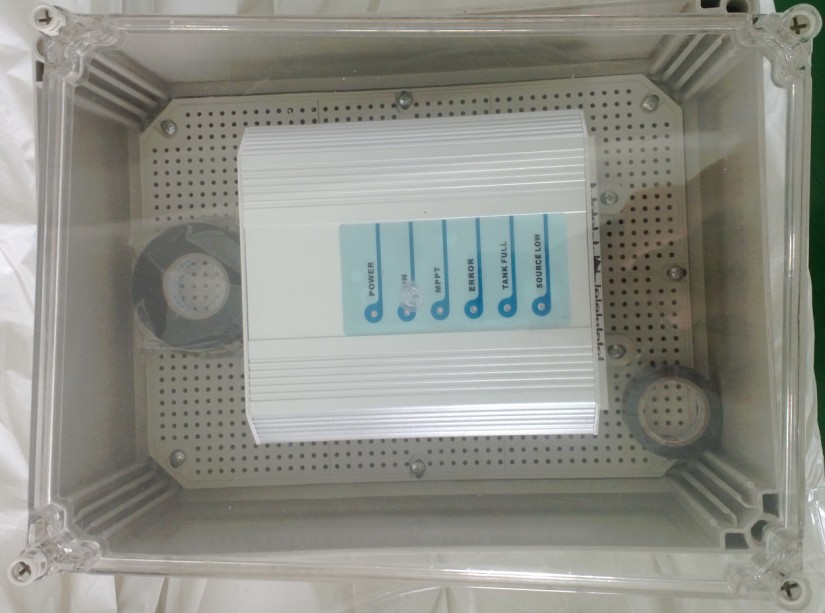
the senors:

the test:
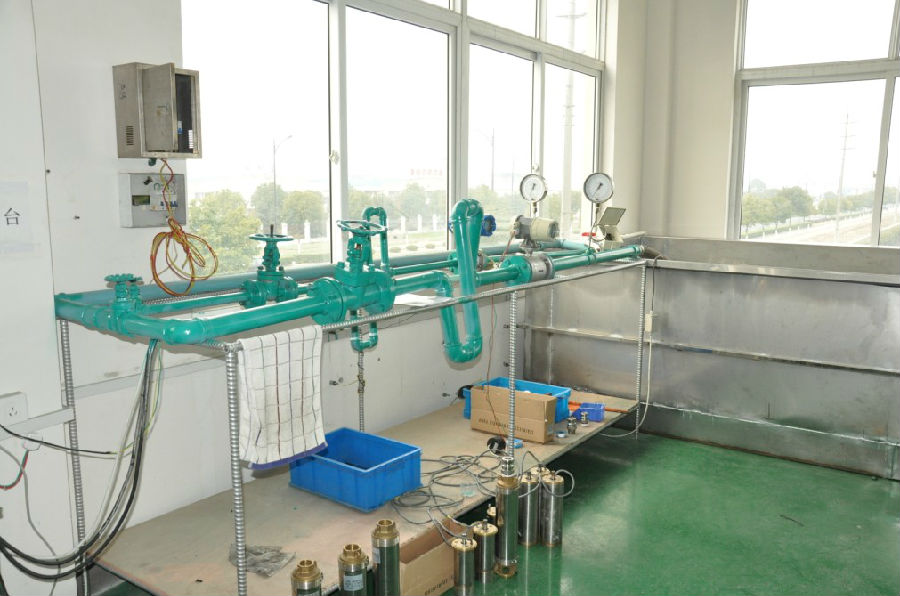
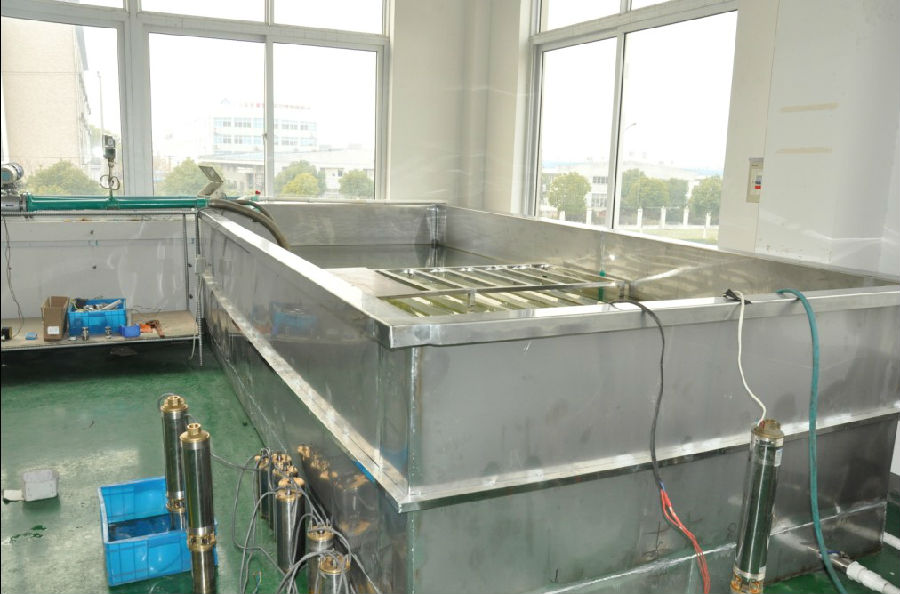
the application:
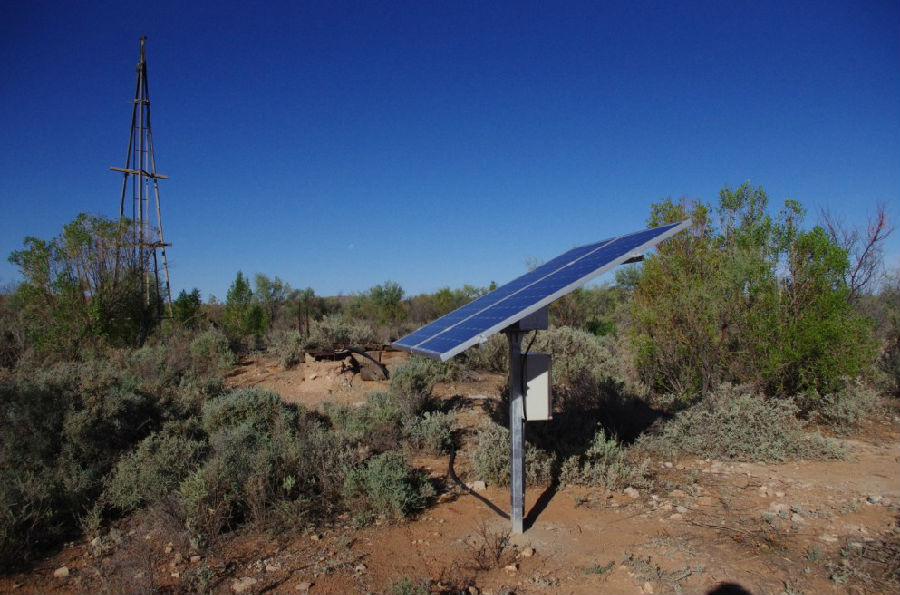

the package:
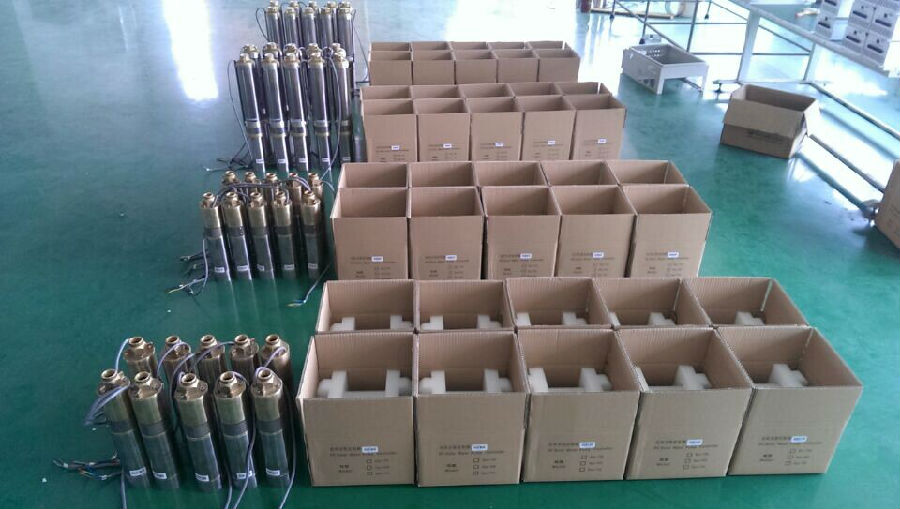

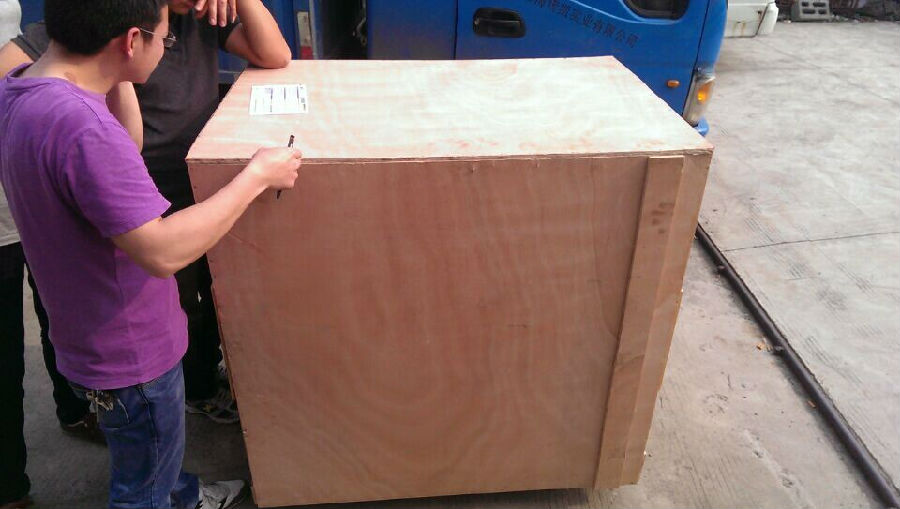
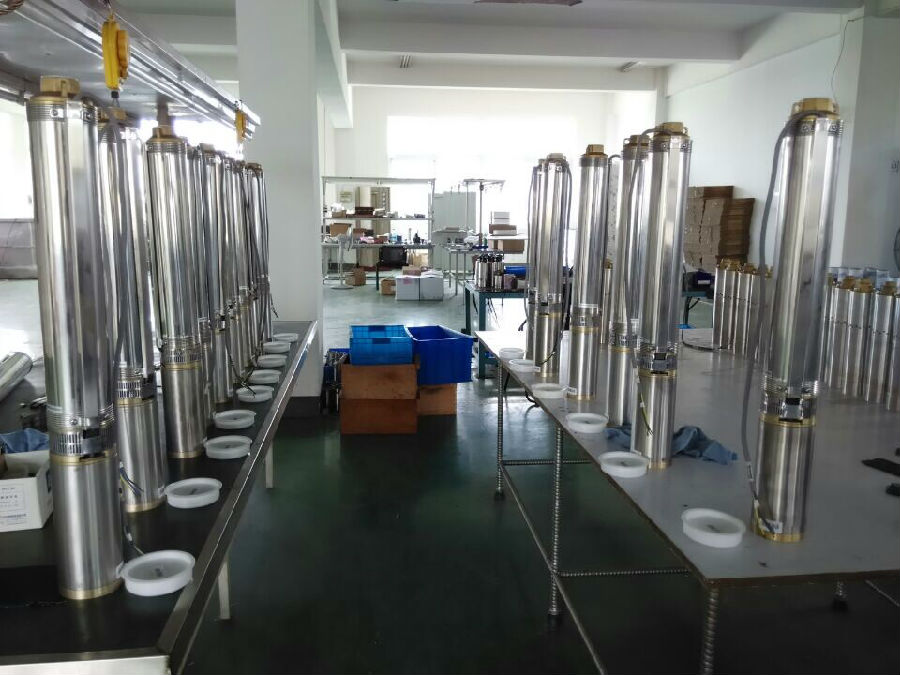
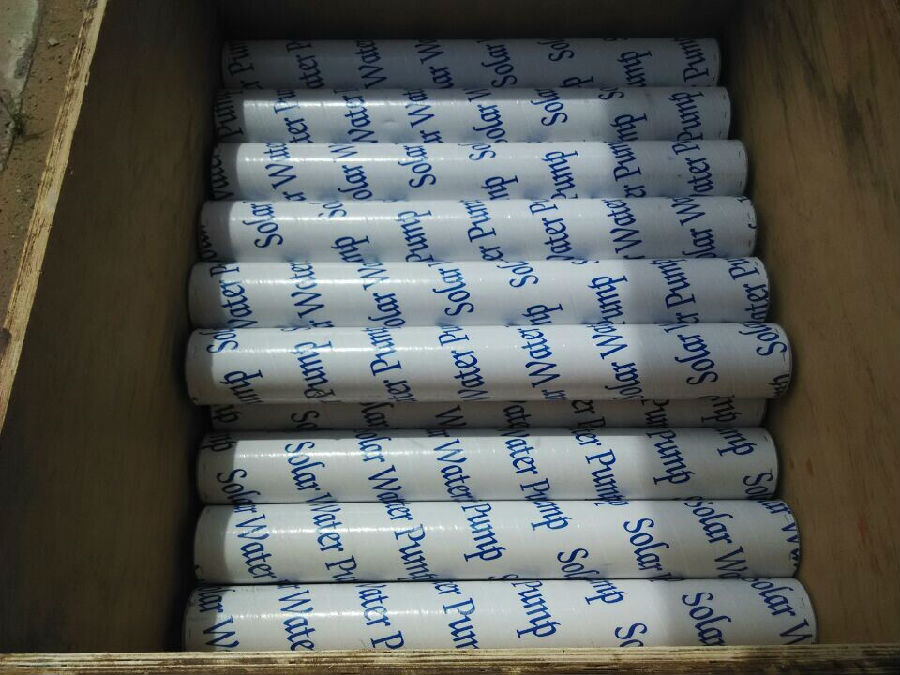
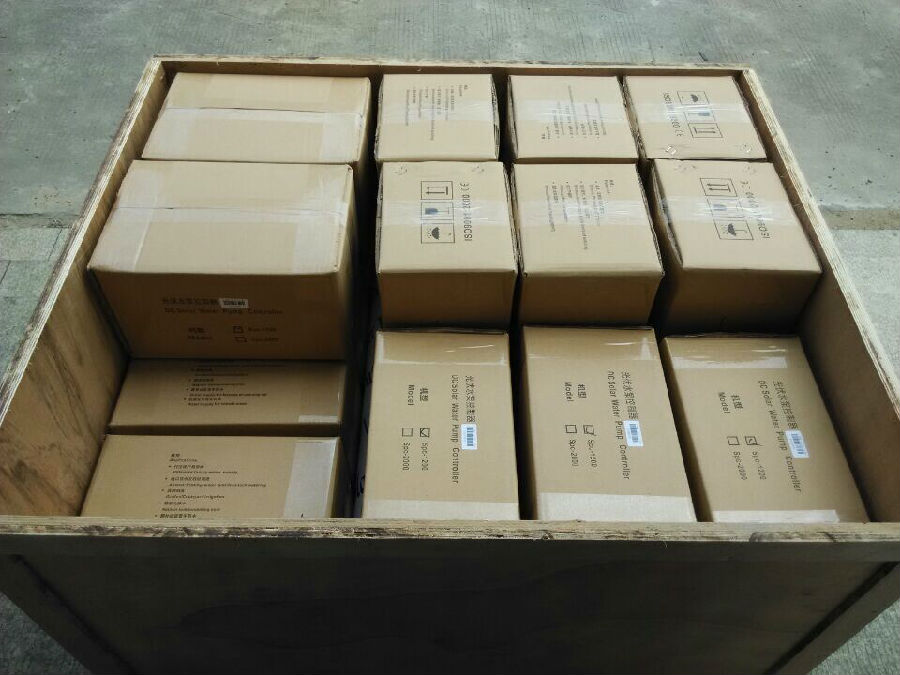
- Q: How does a solar pump handle water source contamination from nearby industries?
- A solar pump does not have the capability to directly handle water source contamination from nearby industries. However, it can be integrated with appropriate filtration and purification systems to mitigate the effects of contamination and ensure safe water supply.
- Q: How does a solar pump handle water pressure fluctuations?
- A solar pump handles water pressure fluctuations by using a pressure sensor and an inverter. The pressure sensor detects any changes in water pressure and sends this information to the inverter. The inverter then adjusts the speed of the pump accordingly to maintain a consistent water pressure. This allows the solar pump to effectively handle fluctuations in water pressure and provide a steady flow of water.
- Q: Are there any limitations to the type of water source that can be used with a solar pump?
- Yes, there are some limitations to the type of water source that can be used with a solar pump. Solar pumps are typically designed to work with clean water sources such as wells, boreholes, or rivers. They may face challenges in pumping water from sources that have high levels of sediment, debris, or contaminants. Additionally, the efficiency of a solar pump may be affected if the water source has low or inconsistent water levels, as it relies on sunlight to generate power.
- Q: Are there any limitations to the size of the solar pump system that can be installed?
- Yes, there are some limitations to the size of the solar pump system that can be installed. One limitation is the availability of space for installation. Solar pump systems require a sufficient area with good sunlight exposure to install the solar panels. If there is limited space or if the available space is shaded, it may not be possible to install a large solar pump system. Additionally, the capacity of the solar panels to generate electricity limits the size of the pump system. The size of the solar panels determines the amount of power that can be produced, and this power is used to operate the pump. If the solar panels have a lower capacity, it will limit the size of the pump system that can be installed. Another limitation is the water source and the amount of water that needs to be pumped. The solar pump system needs to be matched with the water demand and the capacity of the water source. If the water demand is high or the water source has limited capacity, it may not be feasible to install a large solar pump system. Lastly, budget constraints can also limit the size of the solar pump system. Larger systems generally require more solar panels, batteries, and other components, which can increase the cost. If there is a limited budget, it may not be possible to install a larger system and a smaller pump system would be more suitable. Overall, while solar pump systems offer a sustainable and efficient solution for pumping water, there are limitations to their size due to space availability, solar panel capacity, water source, and budget constraints. It is important to carefully assess these factors before determining the size of the solar pump system to be installed.
- Q: Can a solar pump be used in areas with limited access to water reservoirs?
- Yes, a solar pump can be used in areas with limited access to water reservoirs. Solar pumps are designed to operate using energy from the sun, which makes them suitable for remote locations where there may not be a reliable power source. These pumps can extract water from various sources such as boreholes, wells, or rivers, providing a sustainable solution for water supply in areas without access to traditional reservoirs.
- Q: How does a solar pump handle water with high levels of total dissolved solids?
- A solar pump can handle water with high levels of total dissolved solids (TDS) by using a combination of filtration systems and regular maintenance. The pump typically includes a pre-filter that removes larger particles and sediments, while a reverse osmosis (RO) system or a multi-stage filtration process can further purify the water by removing dissolved solids. Regular maintenance, including cleaning or replacing filters, is necessary to ensure the pump continues to effectively handle water with high TDS levels.
- Q: How does the water level affect the performance of a solar pump?
- The water level directly affects the performance of a solar pump. As the water level decreases, the pump may struggle to draw water, resulting in reduced flow rate and overall efficiency. Insufficient water levels can even cause the pump to run dry, leading to potential damage. Therefore, maintaining an adequate water level is crucial for optimal performance and longevity of a solar pump.
- Q: Are there any safety concerns with installing and operating a solar pump?
- Yes, there are potential safety concerns with installing and operating a solar pump. These concerns primarily revolve around electrical safety, such as the risk of electric shock during installation or maintenance. It is important to follow proper installation procedures, use appropriate safety equipment, and ensure that qualified professionals handle electrical connections. Additionally, there may be safety concerns related to structural stability and maintenance of the pump system. Regular inspections and proper maintenance can help mitigate these risks and ensure safe operation of the solar pump.
- Q: Can a solar pump work during cloudy or rainy days?
- Yes, a solar pump can still work during cloudy or rainy days. While the efficiency of the solar pump may be reduced during such conditions, it can still operate to some extent. Solar pumps are designed to harness energy from the sun, so when there is less sunlight available due to clouds or rain, the pump may not work at its maximum capacity. However, it will continue to function to some degree, providing water flow and circulation. Additionally, some modern solar pumps are equipped with energy storage systems, such as batteries, which can store excess solar energy during sunny days and be used to power the pump during cloudy or rainy periods.
- Q: How does a solar pump handle water with high levels of sulfur?
- A solar pump can handle water with high levels of sulfur by utilizing a specialized filtration system. This filtration system is designed to remove sulfur and other contaminants from the water before it is pumped. Additionally, the solar pump's motor and components are made of corrosion-resistant materials that can withstand exposure to sulfur and prevent damage.
Send your message to us
Submersible Solar Pump Price - DC Solar Submersible Water Pump
- Loading Port:
- Shanghai
- Payment Terms:
- TT OR LC
- Min Order Qty:
- -
- Supply Capability:
- 300 set/month
OKorder Service Pledge
Quality Product, Order Online Tracking, Timely Delivery
OKorder Financial Service
Credit Rating, Credit Services, Credit Purchasing
Similar products
Hot products
Hot Searches
Related keywords
